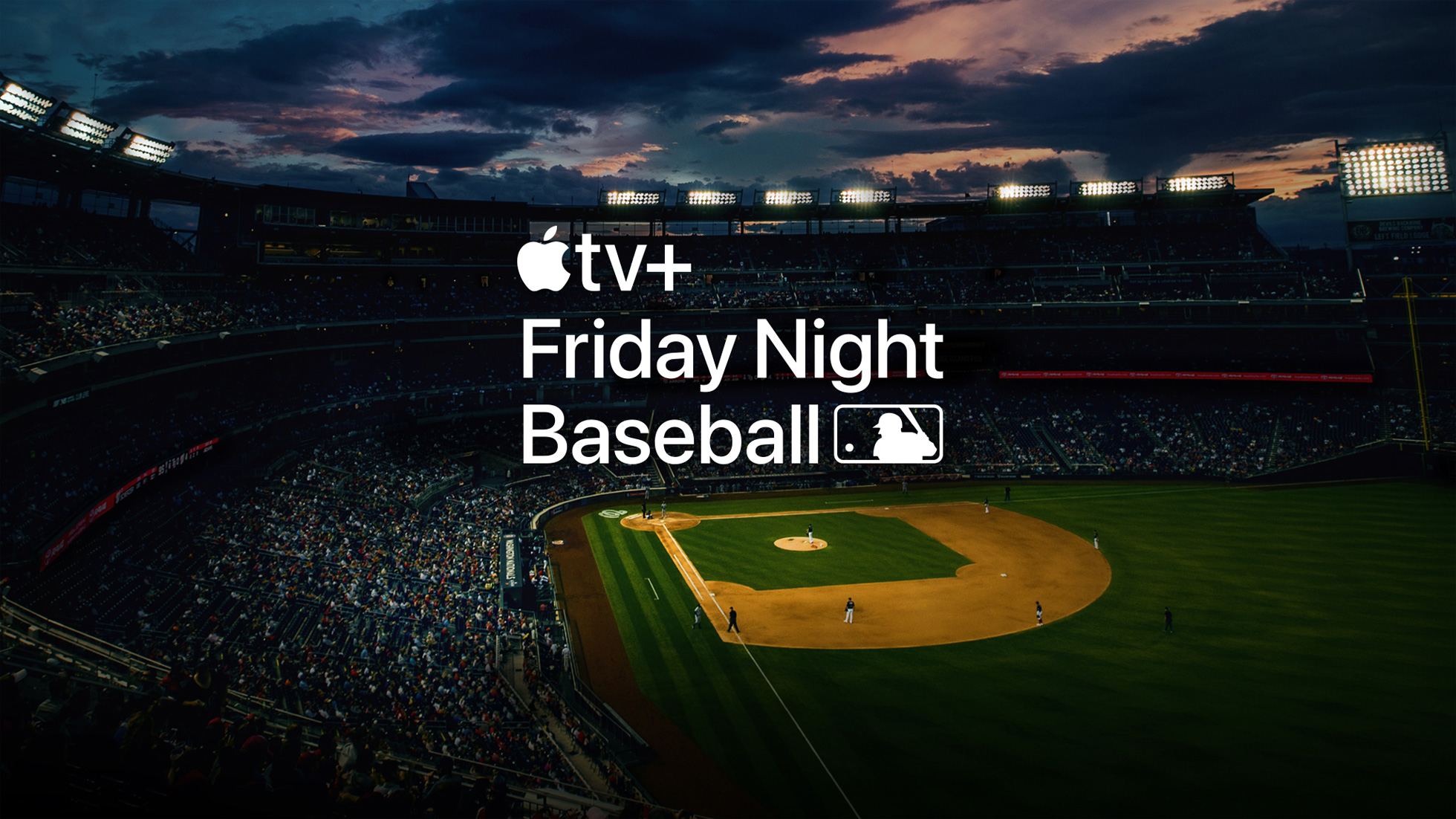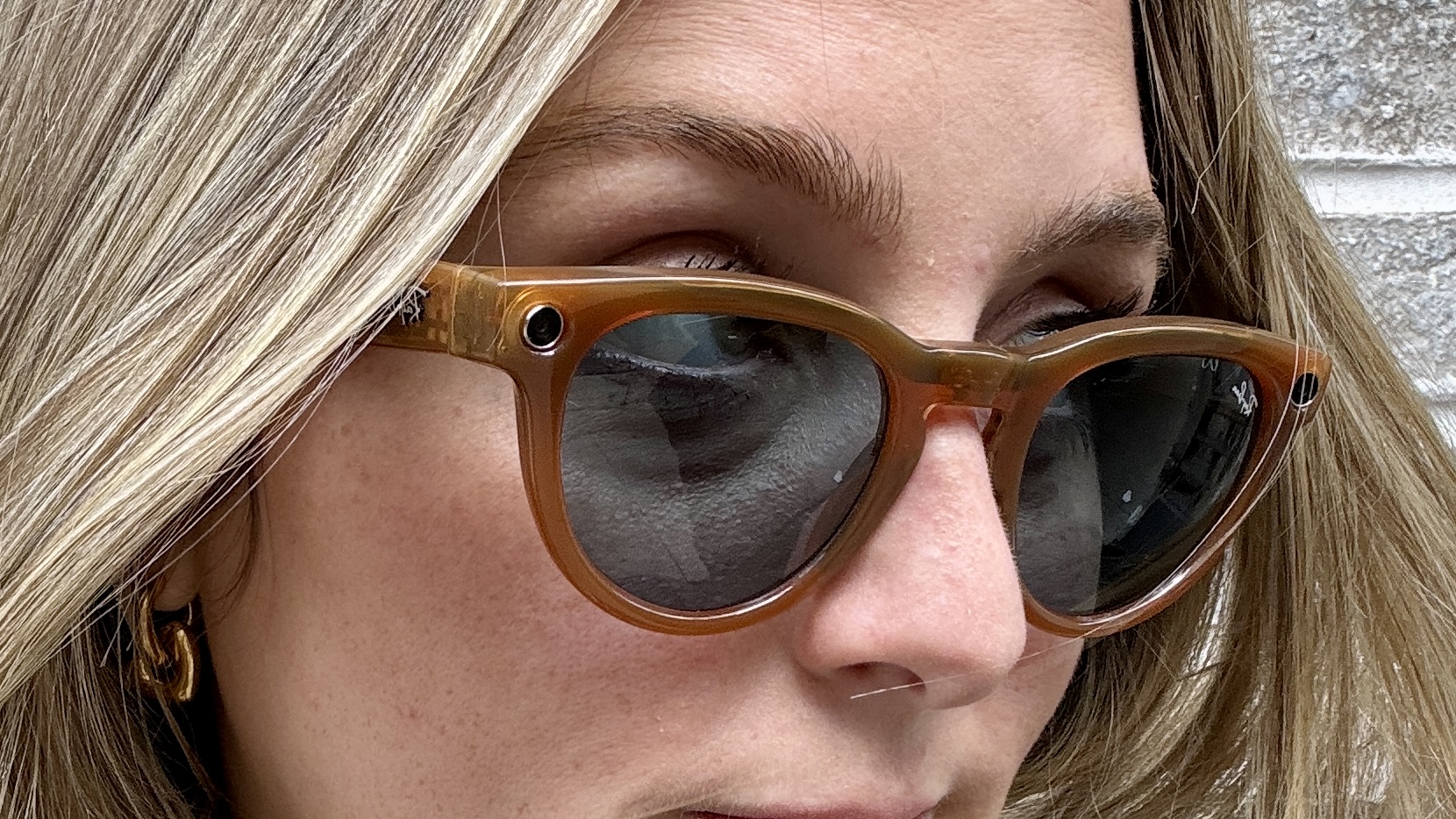Can Apple TV Plus save baseball?
The only way to make baseball popular again is by letting streaming services get the games.

One of the big announcements this pre-season — other than the lockout ending and the adoption of the designated hitter for the National League — is that Apple TV Plus will now start showing baseball games on Friday night.
One of the biggest reasons keeping many from cutting the cord is that they’d lose access to local sports. In my area, that means I can’t watch Yankees games unless I have either a Comcast or Verizon FIOS cable subscription that carries the YES network. (The same goes for Mets games). If you’re in the Los Angeles area, good luck getting Dodgers games if your cable provider doesn’t carry SportsNet LA.
And, thanks to antediluvian blackout rules, you (or I) can’t subscribe to MLB.TV, something my colleague Nick Bush, a diehard Red Sox fan (we’ll overlook that character flaw) bemoaned this past fall.
The problem can be traced back to regional sports networks owned by major league teams. Years ago, they realized that they could get far more revenue by creating their own network and then charging cable companies to carry those networks, then they ever could via agreements with traditional over-the-air networks like NBC, ABC, and CBS. It also has the side benefit of insulating the club against years when attendance is down because the team is lousy. It’s pretty much how the Miami Marlins have operated for nearly their entire existence.
Regional sports networks have become increasingly expensive — it now costs cable companies $6.75 per customer to carry the YES network, making it one of the priciest around. It’s no surprise that Comcast dropped the MSG Network, which carries the Knicks, Rangers, Islanders, and Devils — because it said the network was asking for too much money relative to how many people were actually watching the games.
On top of that, cable companies are losing subscribers faster than you can say Yoenis Cespedes, so the money that baseball teams are receiving from their carriage deals is also shrinking.
If there’s one thing that motivates baseball owners, it’s money — and the prospect of either losing it, or making more of it. That’s where companies like Apple and Amazon come in. You see, they have a lot of it.
Get instant access to breaking news, the hottest reviews, great deals and helpful tips.
While the terms of Apple’s deal with Major League Baseball wasn’t disclosed, Apple TV Plus will air two games every Friday night during the entire regular season. Granted, 48 games isn’t a lot, but it’s a start. Those are games that anyone, everywhere can watch.
Amazon, which owns a stake in the YES network, has also toyed with airing baseball — last season, it streamed 12 Yankees games on Prime Video, though there’s been no announcements if it’ll carry live games this year. If you’re a Prime Video subscriber, you can also watch free replays of games that originally streamed on MLB.TV.
My hope is that, as cable companies shed subscribers, streaming services with deeper pockets will start to look at baseball and other sports as a way to differentiate their product from competitors. They could easily outbid cable companies for the rights to stream games. Charter, for example, pays the Dodgers $334 million per year to air games. Apple made $123.9 billion in the first quarter of this year alone, so paying for baseball rights would be like looking for loose change under the bleachers.
I’m also pretty sure that forward-thinking companies like Apple and Amazon would be loath to black out games in local markets — and for the right price, I’m sure the owners wouldn’t object.

Michael A. Prospero is the U.S. Editor-in-Chief for Tom’s Guide. He oversees all evergreen content and oversees the Homes, Smart Home, and Fitness/Wearables categories for the site. In his spare time, he also tests out the latest drones, electric scooters, and smart home gadgets, such as video doorbells. Before his tenure at Tom's Guide, he was the Reviews Editor for Laptop Magazine, a reporter at Fast Company, the Times of Trenton, and, many eons back, an intern at George magazine. He received his undergraduate degree from Boston College, where he worked on the campus newspaper The Heights, and then attended the Columbia University school of Journalism. When he’s not testing out the latest running watch, electric scooter, or skiing or training for a marathon, he’s probably using the latest sous vide machine, smoker, or pizza oven, to the delight — or chagrin — of his family.
